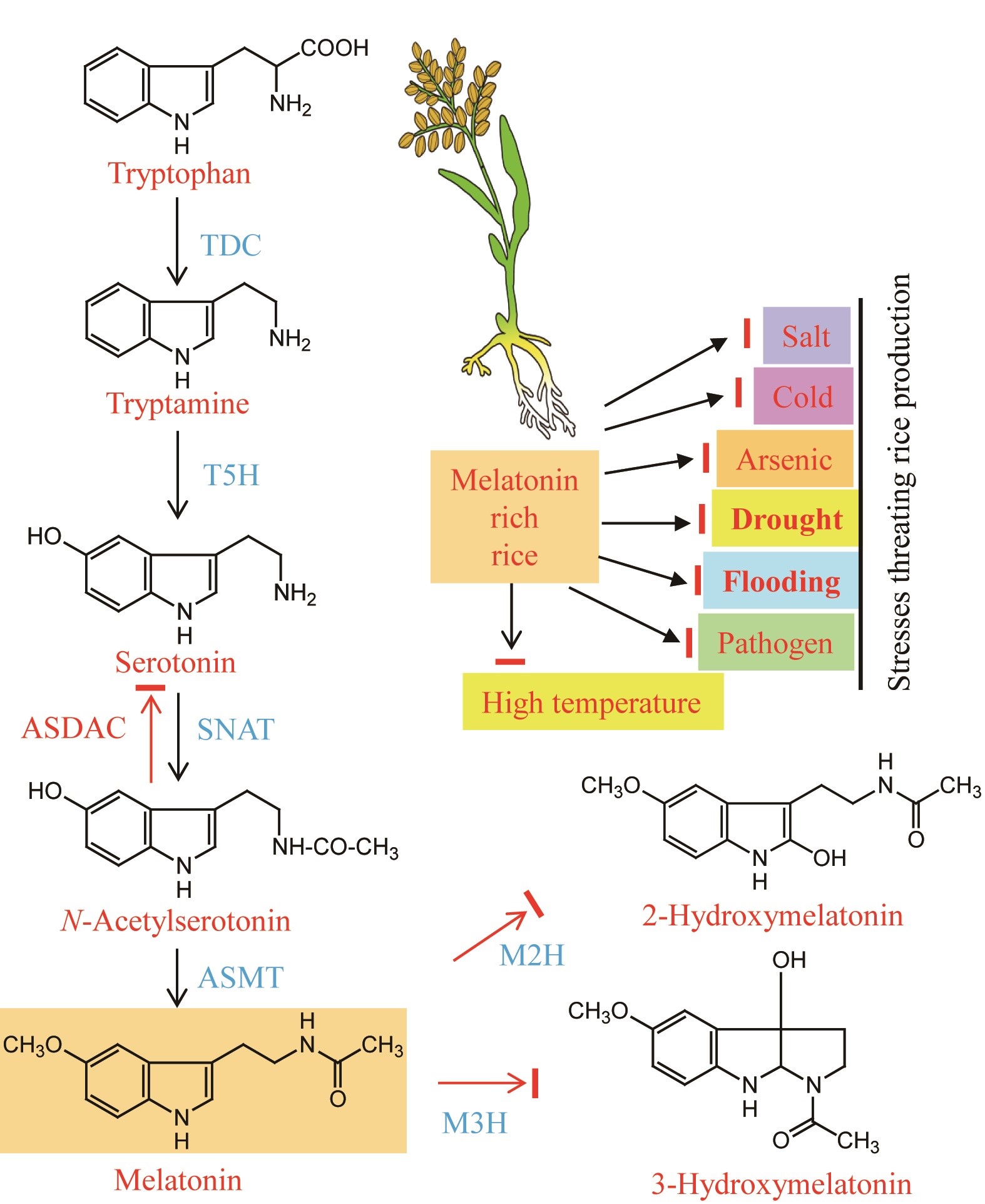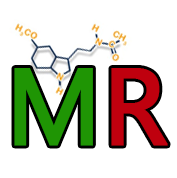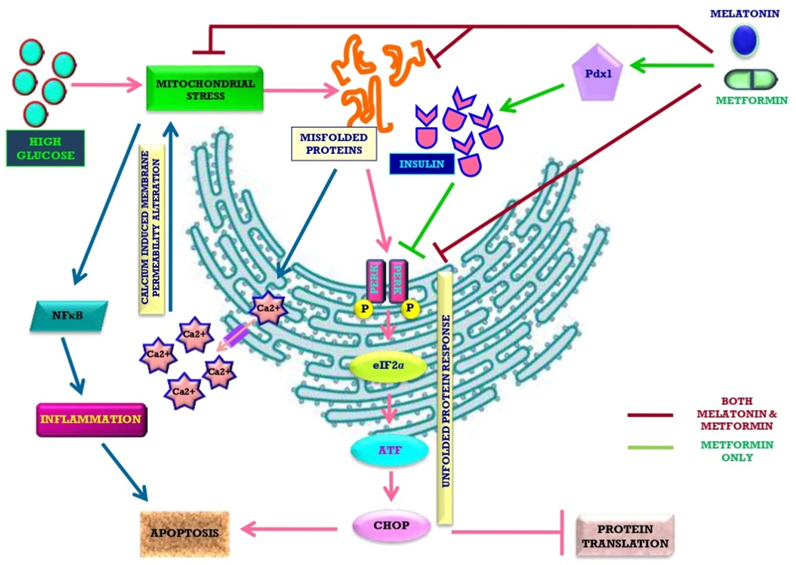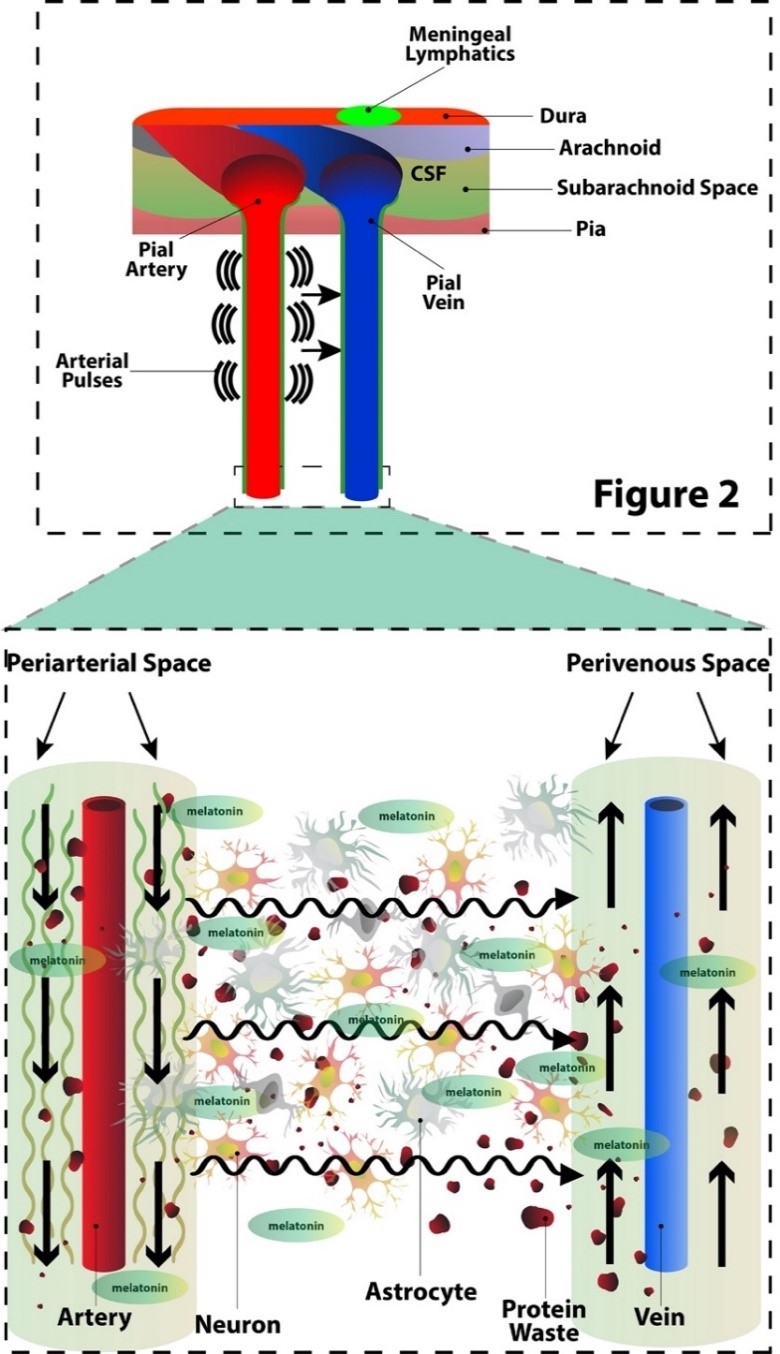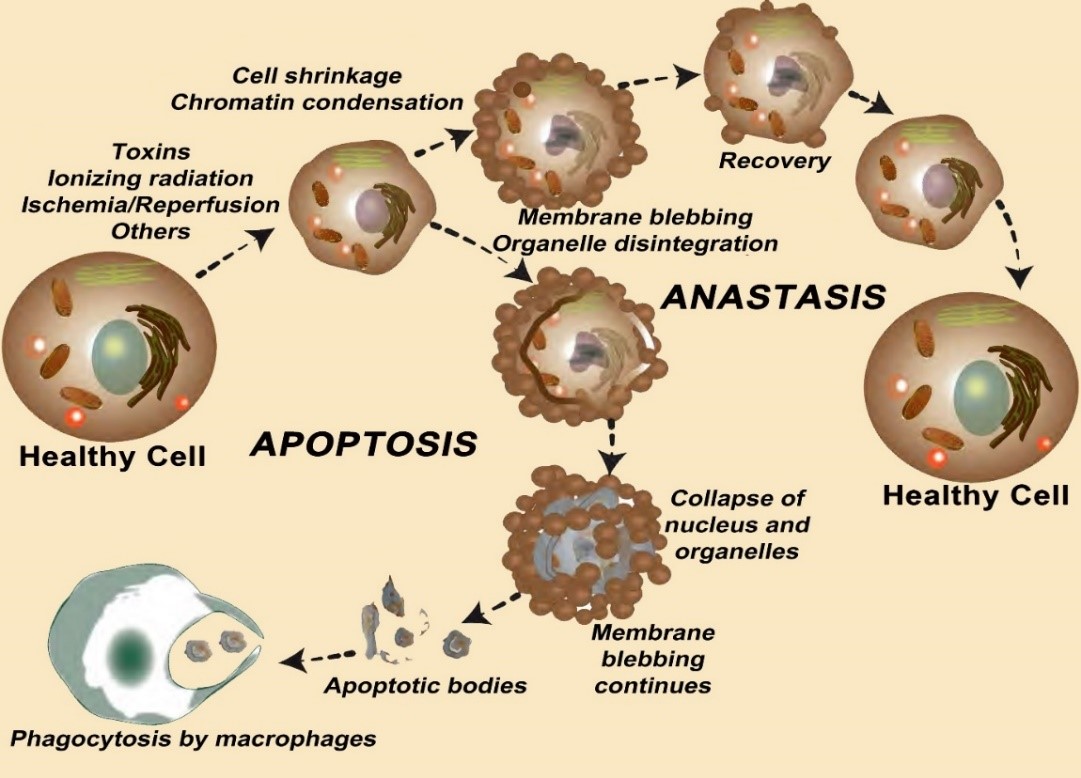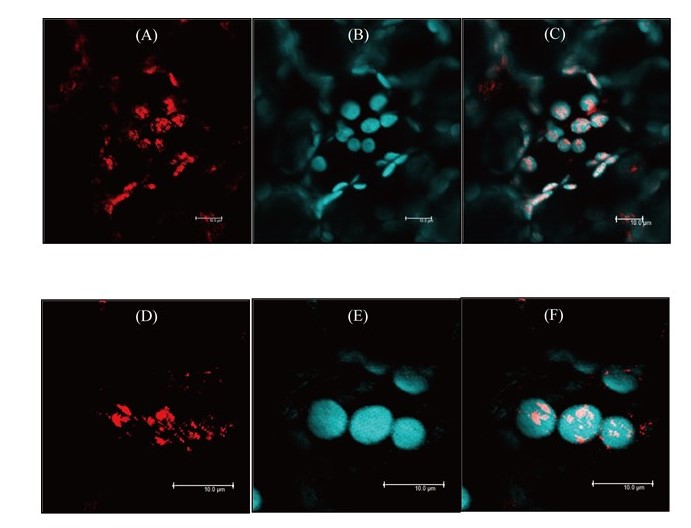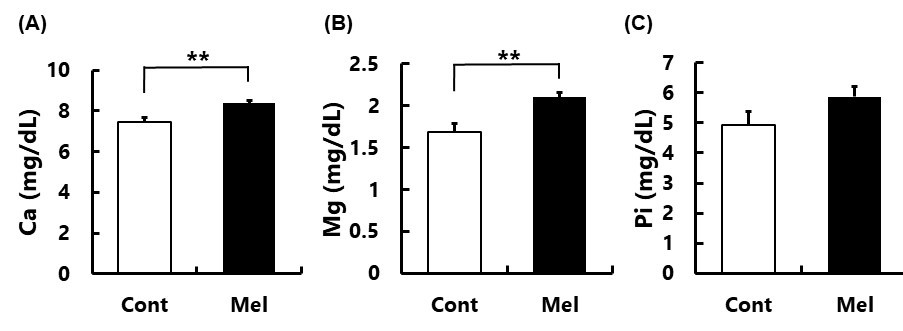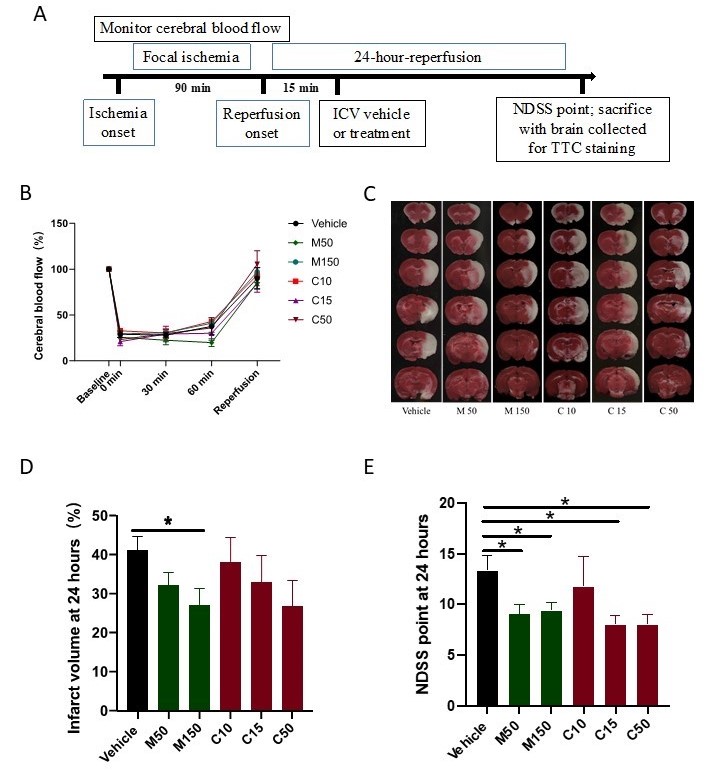
In this issue, the potential utility of melatonin to improve rice production during the ongoing global climate change is discussed. It has been estimated that the global annual rice production is around 782 million tons and it contributes to the food supply of more than half of the world’s population. However, because of the global warming, the annual yield of rice will be dramatically reduced since this grain is sensitive to the elevated ambient temperature. To secure the food supply for the continuously-increasing population, scientists must find a way to, at least, maintain rice production at the highest level. A feasible strategy has been proposed by Back et al. They suggest the manipulation of melatonin enriched-rice strains using transgenic technology, i.e., generating rice strains that overexpress melatonin synthetic genes SNAT or ASMT. Elevated levels of melatonin would enhance the tolerance of rice against abiotic stresses resulting from heat and draught and would maintain rice production even under hot environments. Several studies have provided preliminary results to support this strategy. Another important topic considered in the current issue is the recent report in which melatonin treatment dramatically reduced the mortality of the severe COVID-19 patients. The COVID-19 pandemic has persisted for two years with no signs of abatement primarily due to the continued emergence of new variants. These new variants persistently challenge the efficacy of the vaccines. This makes the development of antiviral drugs urgent but difficult. Pharmaceutical companies reportedly have now developed drugs for treatment of COVID-19 patients. However, some of these medications cost thousand dollars per a course of treatment. Patients in many developing countries cannot afford these expensive therapies. Additionally, the majority of these drugs are designed to treat mild to moderately severe patients. Hence, there is no effective treatment for the severe COVID-19 cases, especially for the purpose of lowering their mortality. Recently, Hasan et al. reported that conventional treatment plus melatonin reduced mortality rate by 93% in severely-ill COVID-19 patients compared to the conventional treatment alone. The cost of melatonin for a course of treatment is about 5 US dollars. It is thus affordable by essentially all patients in every country; this is in addition to its high safety profile and its ease of oral use. If the observations reported by Hasan and colleagues are confirmed, melatonin should be recommended for treatment of the severe COVID-19 patients, especially in the underdeveloped countries where conventional health care is not readily available. Also in this issue, Bitar et al. proposed a novel association between melatonin and neurodegenerative diseases. They believe that the neural glymphatic system is the highway to transport metabolic by-products and debris from the brain parenchyma and subarachnoid cerebrospinal fluid (CSF) with this well-functioning network possibly slowing the onset of neurodegenerative diseases. The clearance of amyloid-β reportedly occurs especially during slow wave sleep which happens concurrently with highest glymphatic drainage and with the maximal CSF levels of melatonin. Melatonin administration defers amyloid-β buildup in the brain of animals and causes its accumulation in the cervical lymph nodes. With increased age CSF melatonin levels drop markedly, co-incident with neurodegeneration and dementia. These findings suggest a potential association between the loss of melatonin, decreased glymphatic drainage and neurocognitive decline in the elderly.
